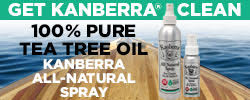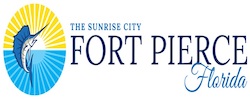Our team is growing and we are seeking capable candidates to fill a variety of positions at Gray’s Reef National Marine Sanctuary. Please consider the following opportunities: State Program ManagerThe State Program Manager supervises and manages state employees at Gray’s Reef National Marine Sanctuary and serves as a liaison to NOAA. In this role, your responsibilities would include promoting team building, undertaking innovative actions to fulfill staffing needs, and assisting with partnership development initiatives and outreach efforts to further the mission and vision of Gray’s Reef National Marine Sanctuary. For more information on this position or to apply, please click here. Student InternWe are seeking a “virtual” intern—meaning that you could be located virtually anywhere—to help develop and implement a communications campaign that illuminates the importance of innovative technologies for ocean conservation. The Virtual Student Federal Service projects on USAJOBS offer eight-month, unpaid remote internships for U.S. citizen students, college-level and above, who would like to make a real difference in the work of the U.S. government. See all of the available VSFS opportunities or apply directly for this Gray’s Reef NMS internship here. Applications are due by July 31, 2018. Public Council MembersThe Gray’s Reef Sanctuary Advisory Council provides advice and recommendations on the management of Gray’s Reef National Marine Sanctuary. The council members include community members from fishing, diving, conservation, science, education, and citizens-at-large along with state and federal agencies. We are currently accepting applications for the following seats: - Charter/Commercial Fishing
- Sport Diving
- Sport Fishing
- Non-living Resources Research
- University Education
- Citizen-at-Large
- Conservation (2 seats)
Click here for more information, or contact Council Coordinator Becky Shortland at: becky.shortland@noaa.gov or (912-598-2381) | 











Be the first to comment!